The 3 Reasons You Can’t Squat Right And What To Do About Them
FitnessLifestyleWellness April 4, 2025 Damon Mitchell
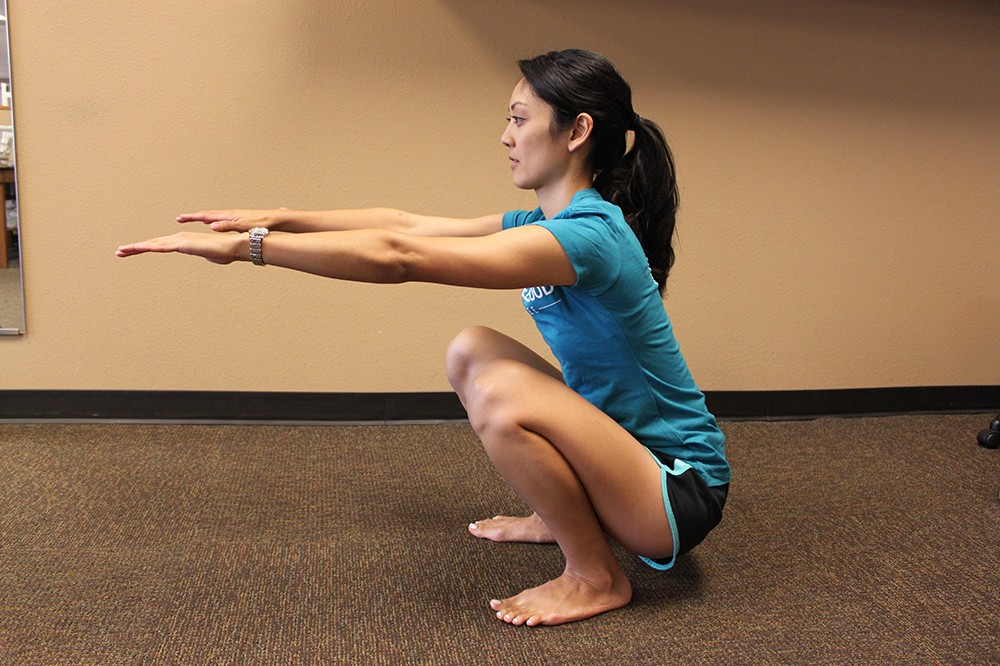
The golden standard of the squat is affectionately called ass-to-grass. It’s the position where your butt is closest to the ground, with your heels flat. This is a common resting position in countries across Asia and the pacific, but uncommon in the Americas, with good reason. It has nothing to do with heritage, but everything to do with habits.
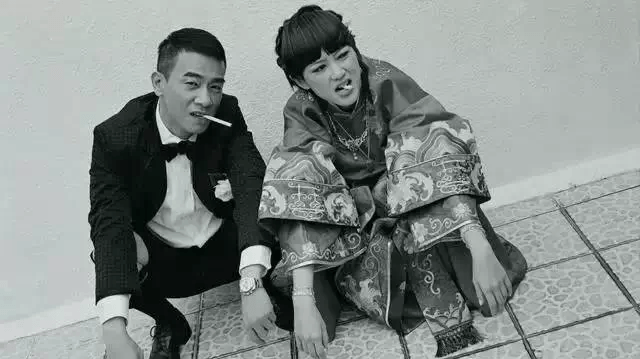
(source: en.people.cn)
People living in countries where it’s common to hunker spend their lives dropping into this position. It’s like ballerinas who remain flexible into retirement.
The question is, does it make sense to restore this flexibility if something you’ve lost? Perhaps. You may just want it back because you want it. That’s good enough.
There are three main areas that may contribute to restricting your squatting motion. If you can work on the worst offenders, you can regain this mobility. It may be worth it to your long-term health goals too.
Starting from the ground, your ankles are likely part of the problem, but the hips get involved like a chicken relates eggs. The last thing we want to look at is your middle to upper back.
Ankles
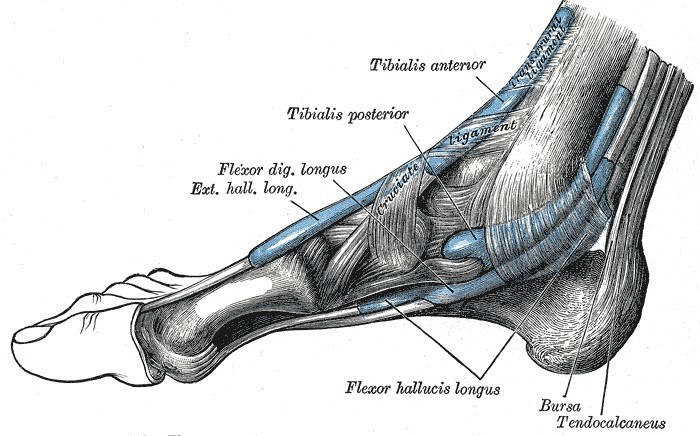
(source: wujifaliangong.blogspot.com)
In a world where we lift our heels as much as we do, ankles are problematic. If I had my way, the wedge, the stiletto, even the foamy gym shoe lift would go the way of the chastity belt. The future will gaze back in horror at the footwear of this age, aghast that we would shove our piggies into such awful torture devices.
I know; I might as well shout into the wind just then. “But, high heels make the calves and butt look so good.” If you only knew how bad those heels are messing up everything in your body, you’d drop them now. The first thing they messing with is your ankles themselves.
Wrapping under your heel, connected at the top to your calf muscles, at the bottom to the bones in your foot, is the Achilles’ tendon. It’s a large ropey piece of tendon that gets tight when you wear anything above a zero degree heel lift.
That shortened state, over time, restricts the lengthening of said tendon. To create mobility, usually, you’ll need to break up the tissue. The goal with this is not to knead your calf like dough, like this goofball…
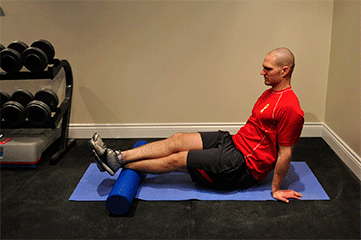
(NO, no, no | source: fitnessforfreedom.com)
Instead, you’re gonna use small movement to create big changes.
Grab a dumbbell or foam roll, then ease your Achilles onto the bar of the dumbbell or roll from a seated position. It will look something like the goofball above, but without all the sawing action.
You’ll want to sit, with your hands on the ground for balance. Once you’re on a sensitive spot, just point then curl your toes without moving your foot off the pressure point.
This will kill at first. If it’s too intense, put your workout towel between the bar and your tendon. Repeat three times each foot every day before every workout.
Hips
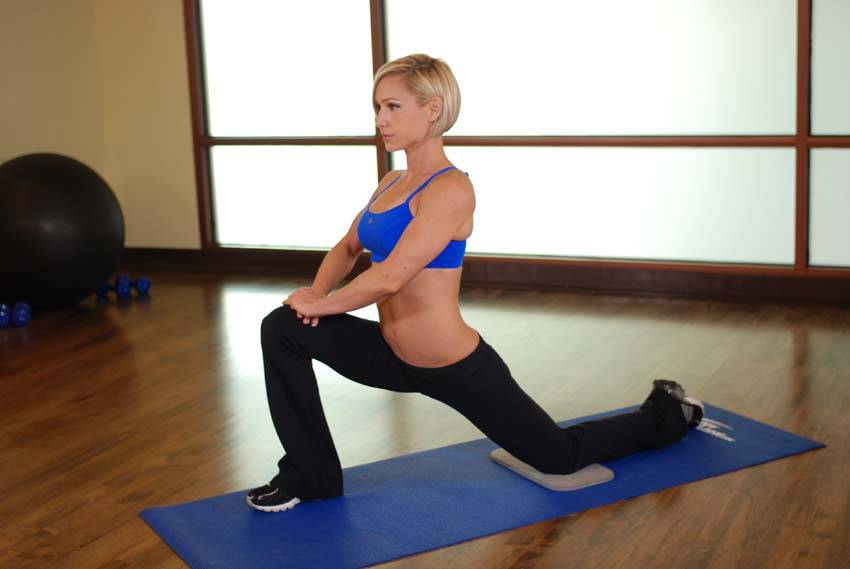
(source: bodybuilding.com)
The hips are a sort of hot topic for debate in fitness nerd circles. The points of contention center on whether all hips were created equal. They weren’t.
Hips, like fingerprints, are as unique as your DNA. They all work for squatting, but they get there in different ways.
If you doubt all hips can squat, look overseas. Our friends in Asia have hips of many designs, and yet most people squat. For some of us, this may mean we squat with our toes turned out some. That’s not the end of the world.
To help get you into this position, you can open up your hips with some hip-flexor mobilization. Almost any effort you make to open your hip flexors will help, but if you can push into different angles of the stretch, you’ll get more for your efforts.
To measure your improvements, squat before and after your flexor work. You should see a deeper range of motion. Again, this will take more than one session to create long-term change, but you should see some improvement every time.
Thoracic Spine
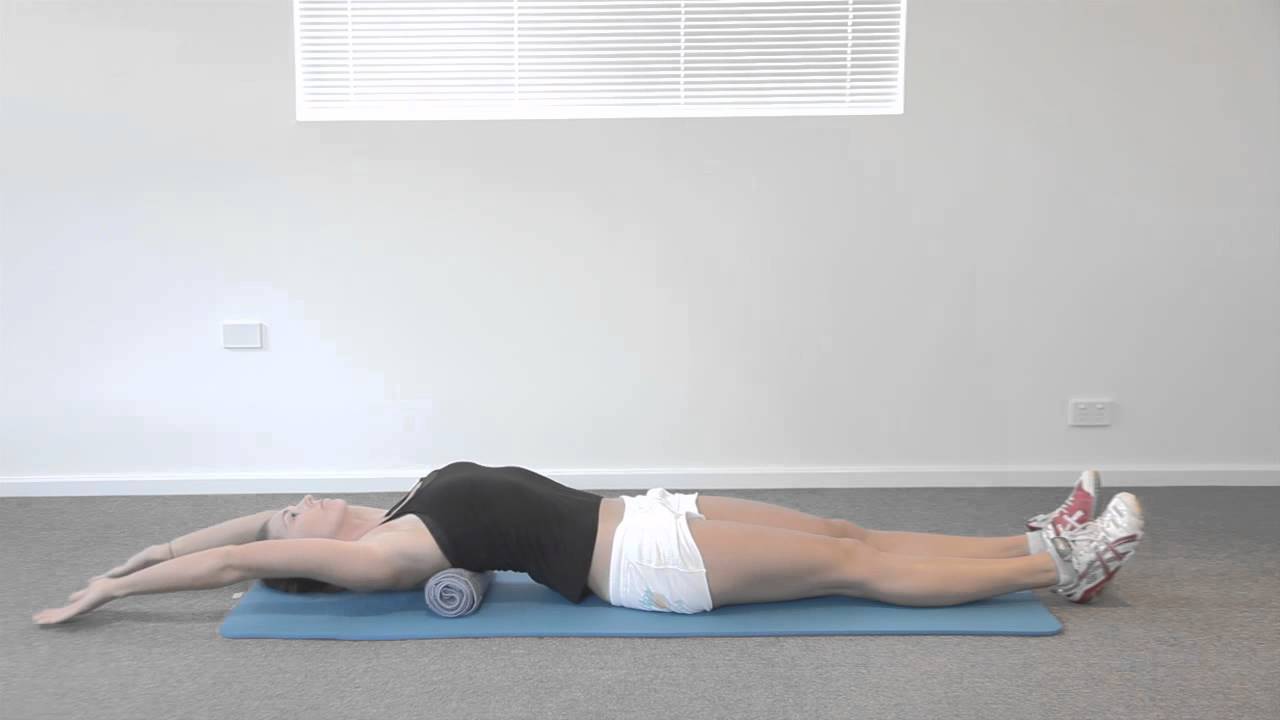
(source: newhealthadvisor.com)
The back is one of the most overlooked contributors to unwanted body tension. If you can’t straighten your spine in a squat, you may still be able to dip all the way down, but you’d be unwise to lift anything in that position.
This may not matter in the gym, as you may not go full range of motion under the bar, but in the real world, this is how we lift objects. We drop down into the bottom of our squat, grab a box or whatever, then stand back up. If your spine curves, you may traumatize your discs from uneven pressure.
To open up this part of your body, you can use a flat bench or even just a rolled towel if you don’t have a bench.
Start by sitting on the ground to the side of the bench. Then prop yourself up on the bench, lying perpendicular to the length of it. The bench should cross your back, just at the bottom of your shoulder blades.
Without letting you rib cage poke out, tighten your glutes until your hips rise up to the height of the bench. Then reach your arms over your head, keeping those glutes tight, your rib cage closed, and your belly button tight to your spine.
Hold this as long as you can, rest, then repeat three times. Now when you squat, see if you can’t straighten out that spine.
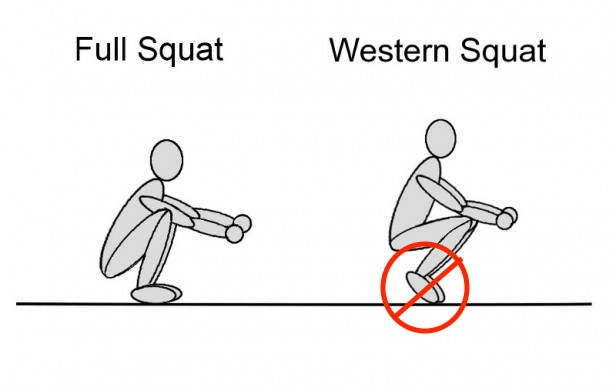
(source: somastruct.com)
Open up these three points on your body and you’ll find you may get all the way into a proper hunker. Over time you may also find life comfortable in this position when there isn’t an available chair.
You may realize why half the world enjoys the comfort of copping a squat. In time, you could discover that you can lift not only your bodyweight form this position but the bar or some plates.